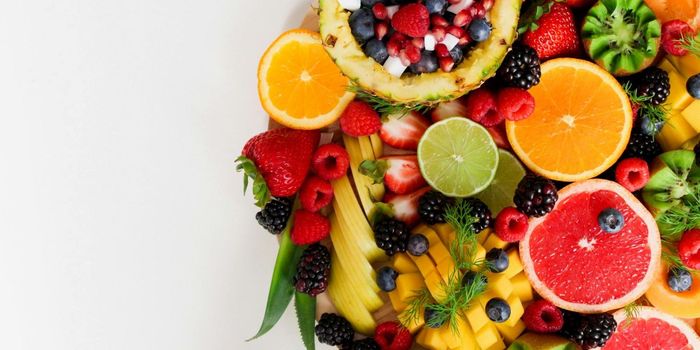Plain Packaging for Junk Food?
While the field of neuroscience isn’t known for flash or glamour, winning the annual Brain Prize is definitely something that will get worldwide attention. Awarded each year by the Grete Lundbeck European Brain Research Foundation in Denmark, it recognizes one or more scientists whose work has made a significant contribution to the advancement of neuroscience. In 2016, history was made when three British neuroscientists were awarded the prize, which carries a monetary award of one million Euros. Never before had three scientists, all from the same country, won the prize.
The 2017 Brain Prize has been awarded to another three scientists, who, while not all British, are all working in Britain. Wolfram Schultz, who is German born, carried out research at Cambridge University. Two researchers from University College London, Peter Dayan and Ray Dolan will share the honor with Schultz for their respective work in how the brain recognizes and processes reward. Dolan was born in the Irish Republic and together the three will be honored later this year at a ceremony in Denmark.
Wolfram Schultz, has been getting some attention for more than just the award however. His career has been mostly focused on reward circuits in the brain and dopamine. In order to survive, the brain must learn to recognize and direct behavior so that rewards, like food, will be attainable. Visual cues have a lot to do with this process. Earlier work by Schultz demonstrated how visual cues signaled neurons in the brain to produce dopamine. Schultz explained that it is this process that causes people to crave junk food and is also related to the epidemic of obesity. Speaking at a news conference about the Brain Prize he explained, “We should not advertise, propagate or encourage the unnecessary ingestion of calories. There should be some way of regulating the desire to get more calories. We don’t need these calories. Colorful wrapping of high energy foods of course makes you buy more of that stuff and once you have it in your fridge, it’s in front of you every time you open the fridge and ultimately you’re going to eat it and eat too much.”
Related: Junk Food and Sleep
Tempting foods that are colorful and attractively packaged are part of the issue. Seeing them sets off a reaction in the brain and according to Schultz, when that happens, “we cannot do anything against the brain’s signal that makes us happy when we eat more." There have been many studies that back up this theory. Makers of candy, cookies and other treats, spend thousands on marketing strategies to make their products as attractive as possible. Getting a customer to choose a product they know objectively is not the healthiest choice requires knowing the right “buttons to push” in the brain to induce a craving for a certain food, even when we are not hungry.
His call for plainer packaging echoes the policy already in place in the UK for the packaging of cigarettes. Along with tobacco products, cigarettes in the UK must be packaged in drab green boxes, with no company logos and large print warnings like “Smoking Kills” next to graphics of lungs damaged by smoking and the text and graphics must cover at least 65% of the front and back of the box. While complex neuroscience research is often not connected directly to something in average daily life, Schultz has used the attention given to the Brain Prize to shed light on the very real problem of obesity and what can be done. Take a look at the video to learn more.
Sources: Cambridge News, Vice.com, ITV.com, New Scientist, The Brain Prize.org









